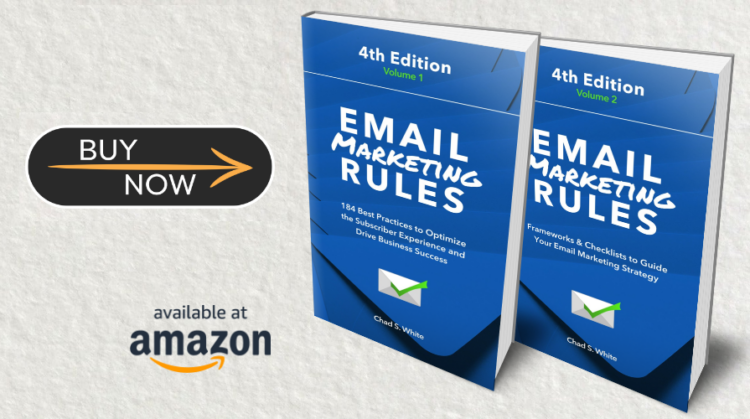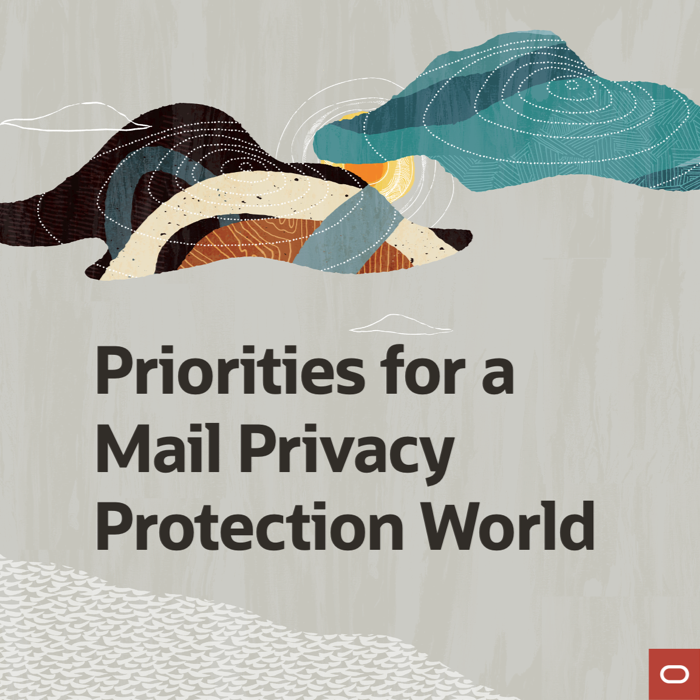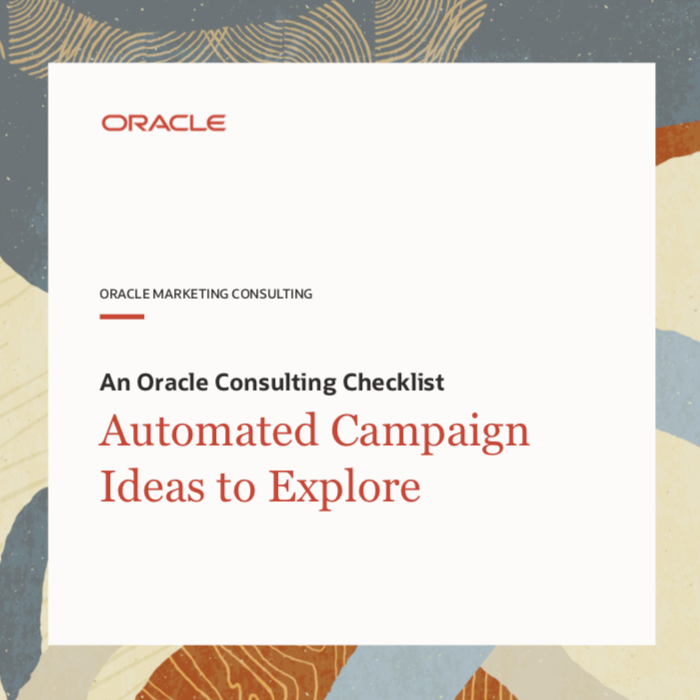Email Marketing Is Blind in One Eye
Measuring the performance of your email marketing efforts is critical. It’s vital to maximizing program revenue, as well as subscriber happiness.
But email marketing is not nearly as measureable as we like to think it is. Ignoring how unreliable so-called “open” rates are, subscribers react to our emails in a lot of ways that we simply can’t measure.
For instance, receiving an email may prompt subscribers to visit your website by typing in your URL into their browsers instead of clicking through. They may also visit your store and not use any kind of traceable coupon. Or tell a friend about the product or promotion you highlighted in your email. Or use a different email address to make purchases than they use to subscribe to promotional emails.
Depending on your business, you may only be able to measure as little as half of the influence that your email marketing efforts have. And I’m just talking about the positive influence. We’re even worse at measuring negative influence, if we bother to measure it at all.
Our inability to fully measure the positives shouldn’t keep you from enacting customer-friendly initiatives. For instance, today on the #ETcafe Twitter chat, I brought up using discount codes in subject lines as an example of action without opens. I was asked if I had data on how they perform. I don’t and said that the effect would probably be difficult to measure, that it was kind of a leap of faith.
I can’t think of any possible downside to trying this tactic other than the fact that it would be hard to determine whether it was technically a success. That seems like a bad reason to not do something that’s user-friendly. Heck, using promo codes in preheaders is already fairly common, so marketers clearly recognize the benefits of placing codes up high and in snippet text.
On the other hand, our inability to fully measure the negatives should give us serious pause. For instance, a marketer recently told me that they started sending browse-based and cart abandonment emails to non-subscribers and asked if I had any concerns about that, particularly Big Brother concerns.
Whether or not subscribers feel stalked is a very distant second to my concerns that the brand doesn’t have permission to email those customers. And the danger really isn’t spam complaints—although those are guaranteed—so much as this tactic teaches visitors that they are going to get unwanted emails if they visit the brand’s website. The consequence of that is that some customers will do their browsing (and therefore buying) elsewhere. It’s the equivalent of avoiding a store because they have aggressive sales associates. To me, that negative is monumental—and is likely the reason that not a single major retailer that I’m aware of takes this risk.
 Email Marketing Rules
Email Marketing Rules






































